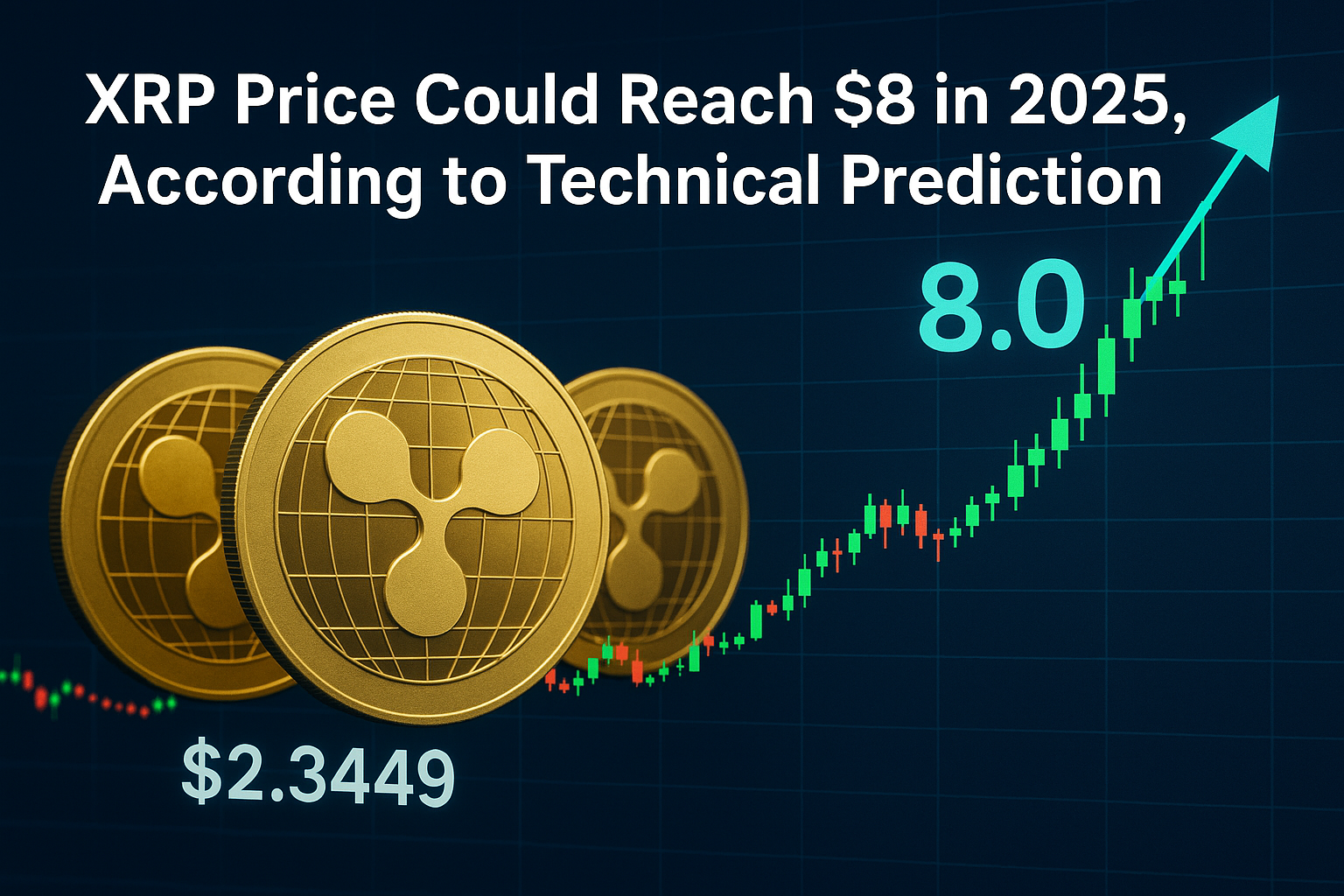The cryptocurrency market has seen significant volatility in recent years, leaving many investors wary of diving in. In response, crypto exchanges are turning to derivatives as a way to attract cautious investors. By offering regulated and leveraged trading options, these platforms aim to provide more sophisticated financial instruments and risk management tools, creating a more appealing landscape for those hesitant to engage in traditional spot trading.
What Are Crypto Derivatives?
Crypto derivatives are financial contracts whose value is derived from underlying cryptocurrencies. These include futures, options, swaps, and perpetual contracts, allowing traders to speculate on price movements without owning the actual assets. For example, a futures contract enables investors to agree on a price for a cryptocurrency to be settled at a future date, while options give the right (but not the obligation) to buy or sell an asset at a predetermined price.
Why Are Derivatives Gaining Popularity?
Derivatives offer several advantages that appeal to cautious investors:
- Risk Management: Traders can hedge against price fluctuations, protecting their investments in a highly volatile market.
- Leverage: Derivatives allow investors to amplify their positions with less capital, providing the potential for higher returns.
- Diversification: Investors can use derivatives to diversify their portfolios by gaining exposure to multiple assets without directly owning them.
- Regulation: Many exchanges offering derivatives are working to comply with regulatory standards, providing a sense of security to investors.
Key Players in the Market
Several established platforms have already dominated the derivatives space, including Binance, Bybit, and OKX. However, new entrants are emerging, offering competitive fees, innovative features, and user-friendly interfaces to capture market share. For instance, platforms focusing on perpetual contracts and customizable trading strategies are gaining traction among both retail and institutional investors.
Challenges and Risks
While derivatives provide opportunities, they also come with risks:
- Complexity: Derivatives are more complex than spot trading, requiring a deeper understanding of financial instruments.
- High Leverage Risk: While leverage amplifies gains, it also increases potential losses, which can lead to significant financial exposure.
- Regulatory Uncertainty: The global regulatory landscape for crypto derivatives is still evolving, and investors must navigate varying rules across jurisdictions.
- Market Manipulation: Concerns around market manipulation and lack of transparency remain a challenge for some exchanges.
The Future of Crypto Derivatives
The rise of derivatives marks a shift in the crypto market’s maturity. By catering to a broader audience with diverse risk appetites, exchanges are positioning themselves as more than just platforms for speculative trading. As regulation evolves and more institutional investors enter the space, derivatives are likely to play a central role in shaping the future of cryptocurrency trading.
For cautious investors, derivatives represent an opportunity to participate in the crypto market with tools that can mitigate risks and maximize potential returns. As exchanges continue to innovate and compete, the landscape will become increasingly accommodating for a wider range of traders.
In conclusion, the growing adoption of crypto derivatives underscores the industry’s adaptability and focus on inclusivity. By leveraging these sophisticated financial instruments, exchanges are paving the way for a more robust and dynamic market—one that’s primed to welcome cautious investors.




